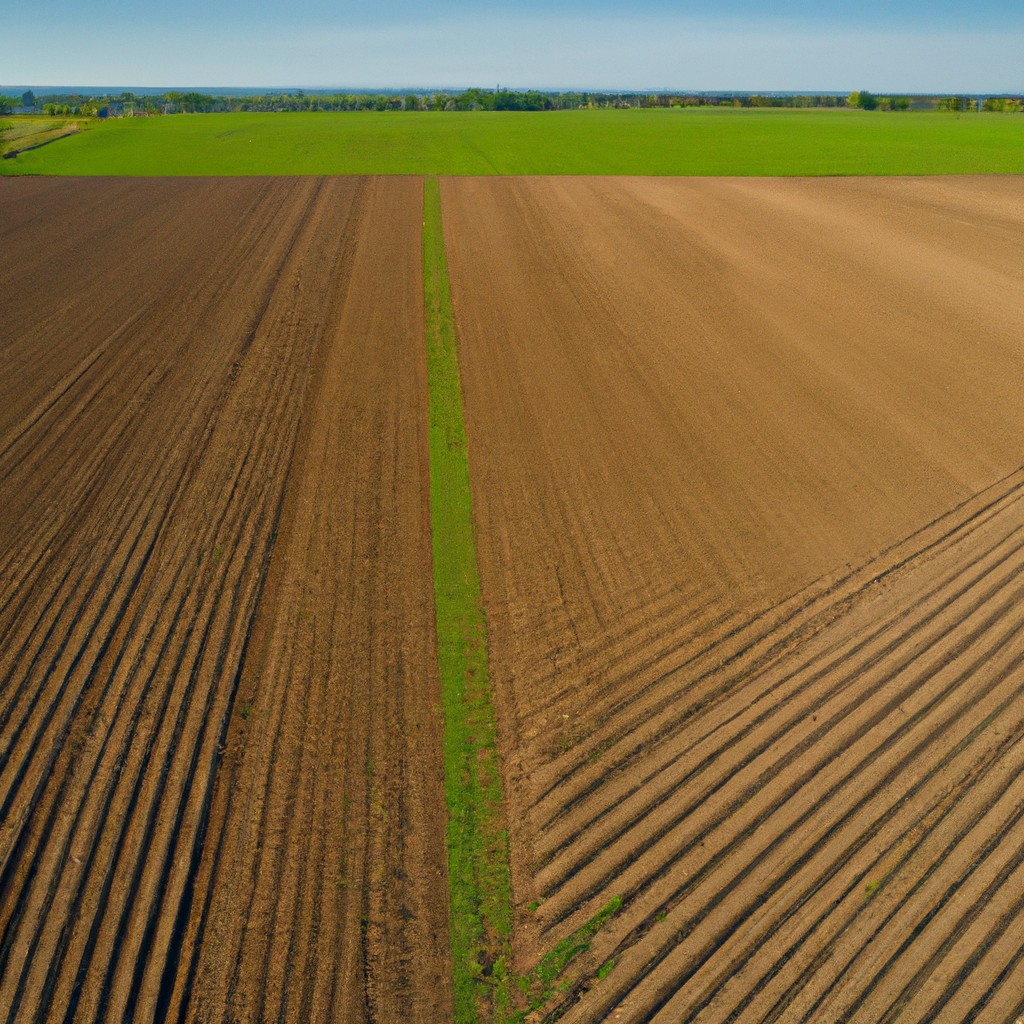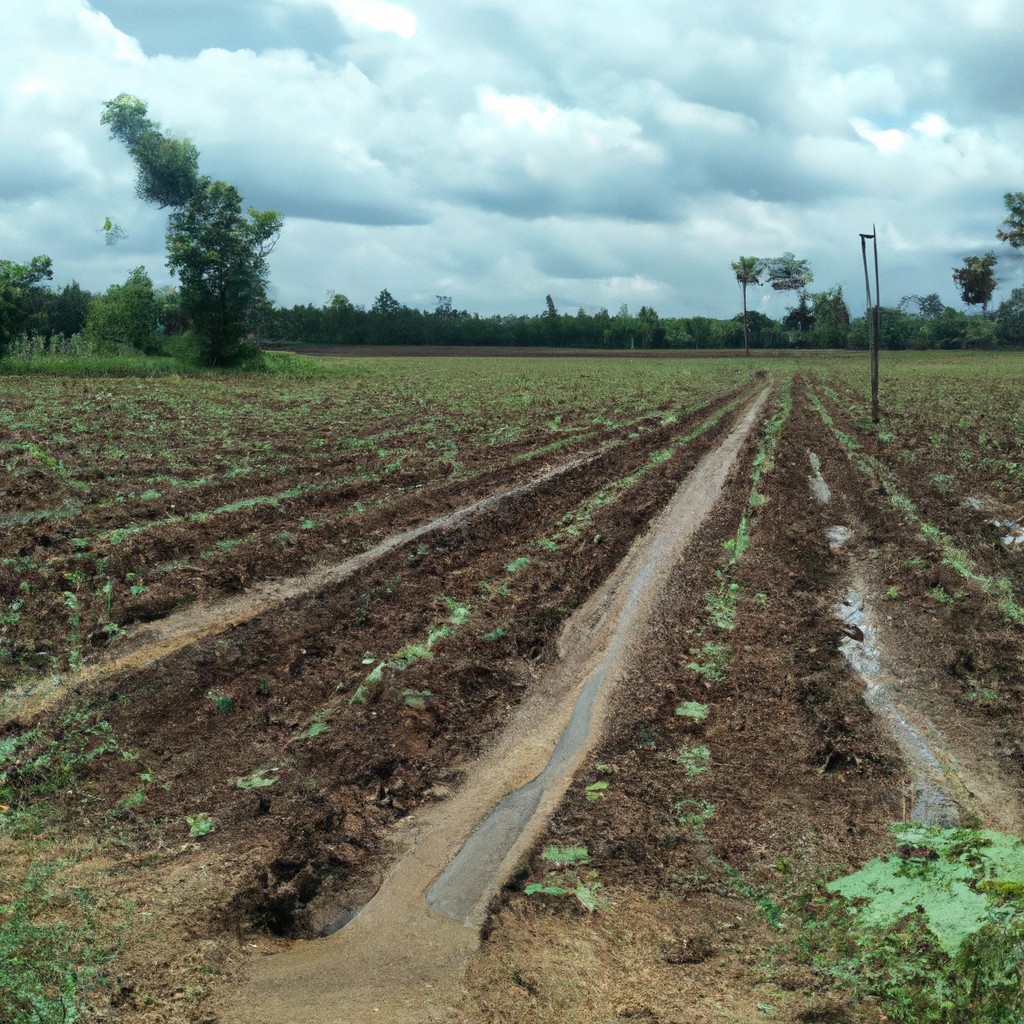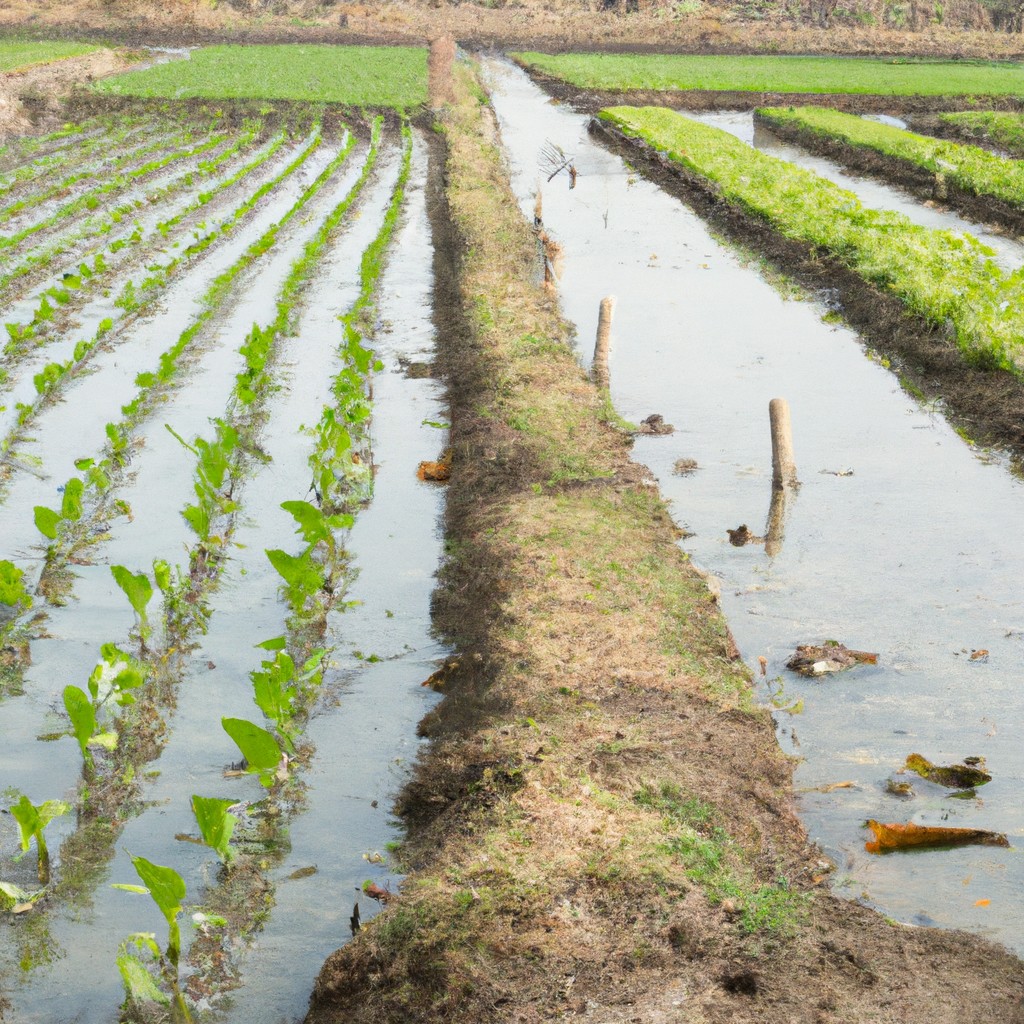This article examines the practices, challenges, and innovations shaping agriculture in the southern United States, providing insights into how these factors contribute to the region’s farming landscape.
Look Inside:
Climate Influence On Southern Agriculture

The warm, humid climate characteristic of the Southern United States plays a pivotal role in determining the types of crops that can be grown and the methods by which they are cultivated. Long growing seasons and higher average temperatures allow for multiple planting cycles, particularly beneficial for crops like cotton, soybeans, and corn.
Yet, this same climate poses unique challenges. High humidity levels can lead to increased pest and disease pressures, necessitating robust integrated pest management systems. Moreover, the propensity for extreme weather events, such as hurricanes and floods, requires farmers to have resilient and adaptable strategies in place to protect their livelihoods.
Water management is another critical aspect influenced by climate. While rainfall may be abundant, its variability can cause droughts or floods, urging the adoption of efficient irrigation and drainage practices to maintain soil integrity and crop health.
As global temperatures rise, farmers in the South must continue to adapt, incorporating drought-tolerant varieties and considering shifts in planting schedules to mitigate the risks posed by a changing climate.
Crops Predominant in Southern Agriculture
The warm, humid climate across much of the South supports a diverse array of agricultural products. Cotton, which once dominated, remains important but shares the agricultural landscape with soybeans, an adaptable crop thriving in various soil types. Tobacco, historically integral, has decreased in prevalence but persists in localized areas.
Regional variations influence crop choices. Rice prospers in the wet conditions of Arkansas and Louisiana. Peanuts enjoy sandy soils, notably in Georgia, the nation’s leading producer. Florida’s citrus, especially oranges and grapefruits, capitalize on the state’s subtropical climate.
Subtropical and temperate fruits, like peaches and blueberries, have also found their niche in the South. These fruits require specific chilling periods, well-suited to the milder Southern winter, setting up ideal growing conditions.
Vegetables including tomatoes, sweet potatoes, and greens contribute significantly to local economies, often aligning with national consumption trends emphasizing fresh, healthy produce.
In recent years, innovative farmers have begun to diversify and reintegrate traditional and heirloom varieties, such as sea island red peas and Carolina Gold rice, responding to consumer interest in sustainable heritage foods.
Technology and Innovation in Modern Southern Farming
Advancements in technology have significantly reshaped farming practices across the southern United States. Precision agriculture, which uses GPS and data analytics to optimize planting and harvesting, allows farmers to maximize yields while reducing waste. Drones are increasingly employed for crop monitoring, providing valuable insights about plant health, soil conditions, and moisture levels without the need for labor-intensive field surveys.
Robotics also play a pivotal role in modernizing southern farms. Machines capable of picking fruits and vegetables are being tested and integrated, addressing labor shortages and improving efficiency. This automation extends to planting and weeding, with robots designed to identify and remove unwanted vegetation without the use of herbicides, thus supporting more sustainable farming practices.
In the realm of irrigation, smart systems now enable precise water management. Moisture sensors can detect the need for water in the soil and adjust irrigation schedules accordingly. This precision reduces water usage, a crucial benefit given the water scarcity issues affecting various regions.
Moreover, southern farmers are adopting practices that contribute to soil health, including cover cropping and no-till farming. These methods help to preserve topsoil, prevent erosion, and support biodiversity, all integral to maintaining productivity in the face of changing climate patterns.
The integration of these technologies has not only increased the efficiency and sustainability of southern agriculture but also supported the sector’s resilience against environmental challenges and market fluctuations.
Economic Impact of Agriculture in Southern States
Agriculture significantly bolsters the economy in the southern United States, contributing billions of dollars annually. This sector provides not only a source of income for farmers but also creates numerous employment opportunities. Jobs range from direct agricultural roles to those in processing, marketing, and distribution, which are often located within these states.
The diversity of crops, including cotton, soybeans, tobacco, and sugarcane, adds to the economic stability of the region by spreading financial risk across multiple commodities. The export of these crops plays a crucial role in trade balances, with southern ports being vibrant hubs for agricultural exports.
Alongside crop production, animal agriculture including poultry, cattle, and aquaculture, is a major contributor to the southern economy. The integration of these industries magnifies the region’s economic output and offers a cushion against market volatility.
Research and development, driven by both public and private sectors, fuel continual advancements in agricultural technology. These innovations lead to increases in efficiency and productivity, securing the South’s position as an agricultural leader, while also attracting investments that further strengthen the regional economy.
Agricultural tourism and agro-tourism introduce additional revenue streams, enabling farmers to diversify their income and promote local culture and food systems.
Overall, agriculture’s interwoven relationship with the southern economy is multifaceted, demonstrating resilience and adaptability while providing a bedrock of financial stability for the region.
Future of Southern Agriculture: Trends and Predictions
Adaptation to climate change remains at the forefront for southern agriculture. Innovative practices such as precision agriculture will continue to advance, allowing for more efficient water usage and better soil management. Crop diversification is expected to increase resilience, reducing the reliance on traditional cash crops vulnerable to changing weather patterns.
Technology will further drive changes, with increased adoption of automation and robotics. This will help address labor shortages and increase productivity. Moreover, data analytics will optimize decision-making processes, from crop selection to pest management.
A shift towards regenerative agricultural methods is anticipated to improve soil health, enhance biodiversity, and mitigate carbon emissions. These practices include no-till farming, cover cropping, and integrated pest management.
The growing demand for locally sourced and organic products will likely give rise to more small-scale, sustainable farms. These farms will play a critical role in meeting consumer demands while preserving the environment.
Lastly, future policy measures and government support will be pivotal in shaping the trajectory of southern agriculture. Investment in agricultural research and development, along with incentives for sustainable farming practices, will be instrumental in securing the long-term viability and success of the sector.




